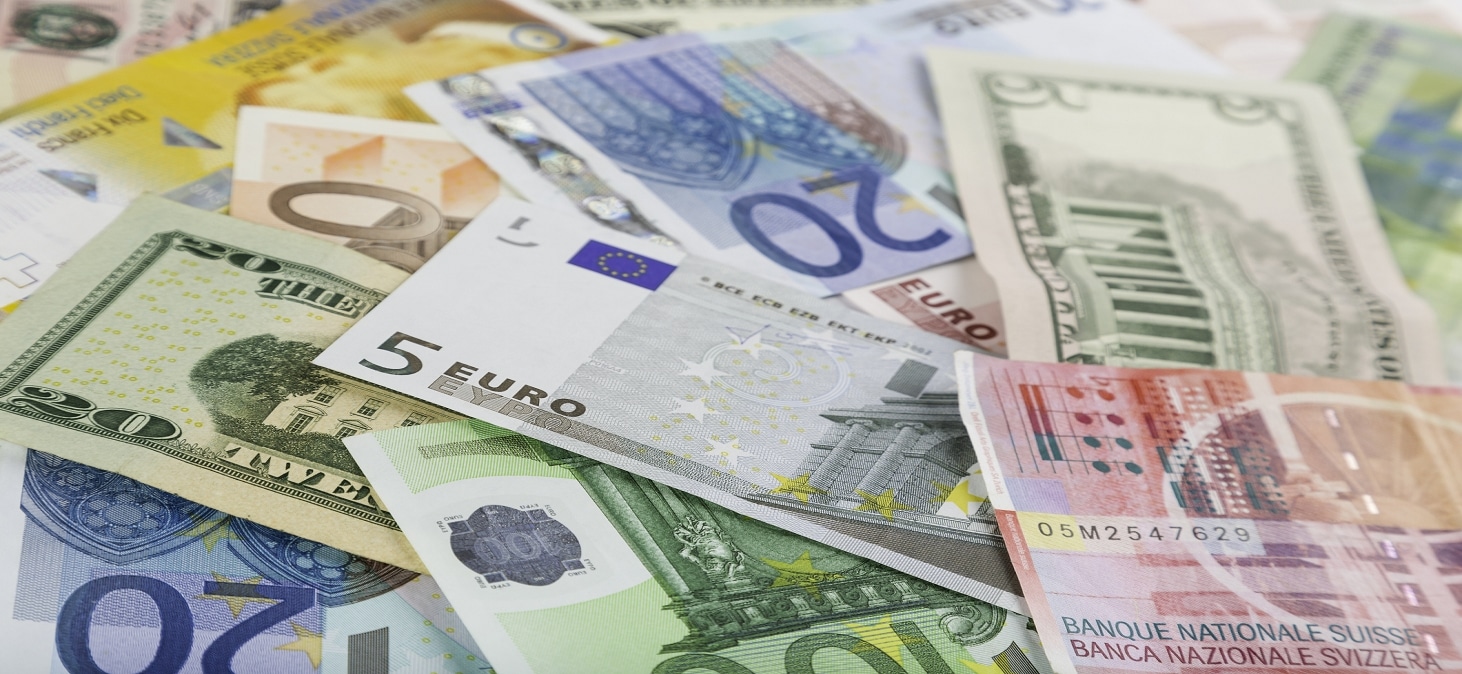
Source: Gettyimages
The overwhelming victories of Donald Trump and the Republicans in the US elections have led to shifts in the currency world. US stocks and the greenback have risen significantly following the elections. For example, the USDCHF has increased from 0.8640 on election night to over 0.88 at the time of writing. The markets thus anticipate a range of reactions expected from the economic policy measures of the Trump administration. For a better understanding of these measures, it is worth distinguishing between short-term effects and long-term effects. I would argue that the short-term effects will initially strengthen the US dollar, but the long-term effects of Trump's expected economic policies will likely increase the depreciation potential for the dollar.
Let's start with the short-term effects contributing to the recent strength of the greenback. Two main channels of impact should be mentioned here. First, the corporate tax rate cuts sought by Donald Trump are likely to further stimulate investment activity and thus economic growth in the US. Second, it is expected that the imposition of tariffs on imports from China, and possibly elsewhere, will at least slow the decline in inflation, if not fuel it. It is still unclear to what extent Trump will be able to impose comprehensive tariffs on all other trading partners, as announced, in addition to China. In principle, the US Constitution states that foreign trade policy and the imposition of tariffs are within the competence of the US Congress. However, Congress has delegated certain tariff powers to the president over the decades. The president can then impose tariffs on trading partners and individual product categories if they a) pose a national security risk, b) are introduced based on unfair trade practices, or c) a national emergency exists. It is difficult to argue that, for example, the import of a cancer drug produced in Switzerland meets any of these three criteria. Nevertheless, there is currently concern that a stricter trade policy and the imposition of tariffs could also fuel inflation in the US. As a result, the Federal Reserve may lower interest rates less quickly than before, which—other things being equal—would lead to a stronger US dollar.
In the longer term, however, structurally higher inflation in the US should lead to an even greater depreciation potential for the greenback. In addition to the aforementioned tax and tariff-related factors, Trump's proposed immigration policy could also result in higher inflation in the US in the medium and long term. If large numbers of illegal immigrants in the US are deported, this could lead to a significant shortage of cheap labor, thereby fueling wage growth and inflation. According to our calculations, the purchasing power parity rate and thus the equilibrium exchange rate of USDCHF is below 80 cents. If inflation in the US continues to significantly exceed that of Switzerland in the coming years, this reference value, to which USDCHF will likely trend to sooner or later, will move further downward.
The gold price recently showed a downward movement opposite to the US dollar. In addition to diminishing uncertainty about the outcome of the US elections, the factors mentioned above have added to the downward pressure. Given the still immense geopolitical challenges and the US debt situation, we continue to consider gold a valuable hedging instrument in a portfolio context in the long term.
Please read the legal disclaimer applicable to this publication.


